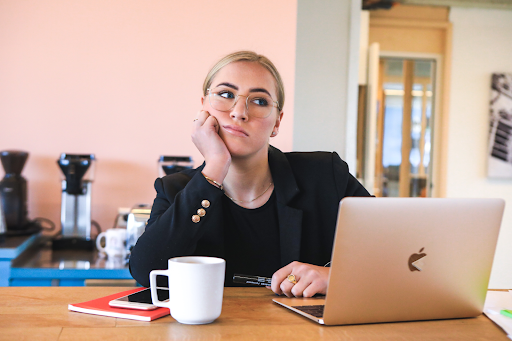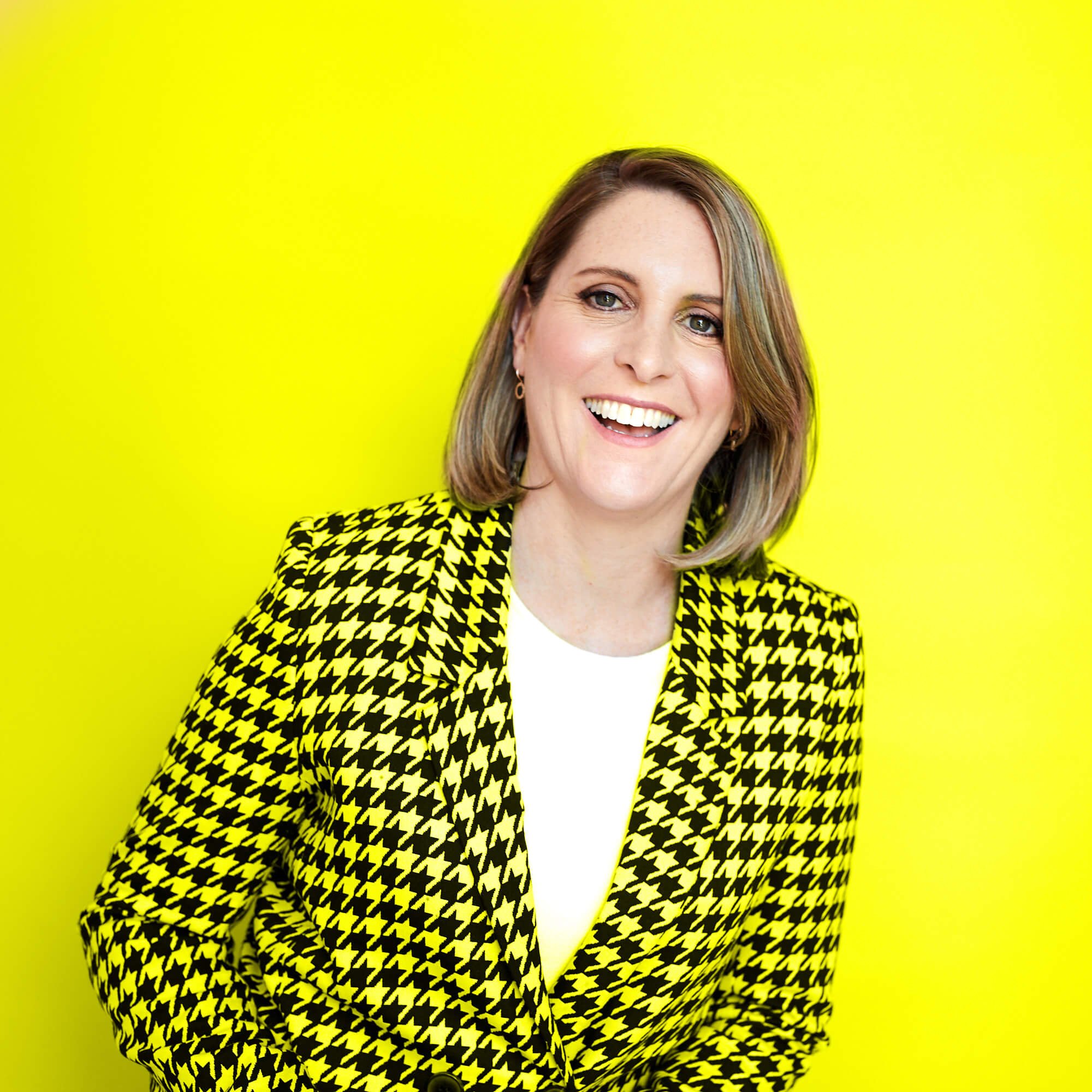Flexible working isn’t new, in fact many professional services firms have been trialing flexible working and seeing successful outcomes for years.
Back in 2018, I was invited to attend a session at PwC on “ The Future of Consulting” by Dorothy Hisgrove. It was run as a collaborative working session and in my breakout team, I drew on the whiteboard a future market place model where employers sent project briefs into the market and teams were assembled from a pre-qualified pool of freelance talent.
Reflecting back, the model was even more radical than Atlassian’s 2021 “Team Anywhere” policy, which now allows its 5700 global staff to work from any location in the world and come into the office only a handful of times a year.
However, studies show that working from home long term is damaging. Far from being the ideal, it can cause anxiety, a sense of disconnection from the world and reduce productivity as a result.
This is essentially what played out during the lockdown in March 2020.
Adam Fraser, a peak performance researcher has done 12 years of research on this topic, which led him to coin the phrase “The Third space” and produce a book of the same title. In his studies, he explores the fact that we still need a ‘ commute’ even if it’s walking two blocks, a ferry ride or car trip. Dr Fraser points out (way back in 2013 by the way!) that: “How you transition home, determines whether you turn off from the day, socialise and unwind or obsess and rehash the day, it’s all about the transition”
Separating work from home is an important aspect of the hybrid work challenges we are facing.
Why would we want to work in the space that's designed for rest?
As anyone who lived alone in a studio apartment can attest, it simply isn’t a good option for human mental health.
Studies now show that we are now working on average 40 minutes extra per day since Covid began, largely due to not switching off from work tasks while at home, now that our work world is blurred with our home world.
Reimagining work
Much like the world of 9-5 work started after the Spanish Flu pandemic, it’s time to reimagine what our new work model could look like. Incremental change isn’t enough.
In this new world we can work from anywhere and employees want employers who help us do this. The strategy for businesses that employ knowledge workers is to take the flexible working model and create work hubs, home hubs and client hubs. Government has also started to do this.
While many of us have enjoyed working from the ‘ home hub’, it can take its toll. Despite it’s convenience and the ability to juggle housework, school drops off while being on a zoom call, studies have shown that mixing these tasks everyday makes us feel that we are failing in every aspect of our lives — both home AND work.
Employers seem to have a bit of a blindside moment here — perhaps they are not seeing the problem at all?
Let's look at a couple of common Post-Covid scenarios:
- What if you're like so many young people, living back with your parents?
- Or if you have flatmates and you're working from the kitchen table?
- Or you're a parent with a new baby in the house?
- Or like me, perhaps you can't afford to move to a home with a dedicated home office?
Not having a home office means you’re blurring homeschool, housework, washing, relationships and it becomes strained pretty quickly! And keep in mind that lockdowns will continue as new strains emerge.
There’s no doubt working from home can reduce your productivity with constant interruptions and tension, not to mention the effect it has on our mental health. Yet we all want the convenience of working from home as the commute is now seen as wasted time. We also all want to kick goals at work — me included.
So almost 4 years after I drew that model on the whiteboard at PwC, I’m launching a future of work support platform for exactly this. Covid has fast-forwarded the Future of Work in ways we never could have imagined, so we are responding in a way that complements this hub model. We work with employers to develop a platform for their people that provides compliant work spaces that are close to home, yet are separated from your ‘home space’. Each hub has one thing in mind — supporting the mental and physical wellbeing of employees. The platform allows you to select from a range of private and co-working spaces in a location that is convenient to the employee.
Underpinned by mental health providers to ensure mental and physical wellbeing, the platform will be available to individuals or employers via a subscription.
As Alex Badenoch observes: “Telstra employees, like the rest of Australia’s office workers, are still in the early days of hybrid work, and Ms Badenoch believes workers will find a “settling point” for the number of days they spend in the office or home.”
But what if waiting for that ‘settling point’ means you lose talent? How are you making sure you’re being inclusive? As women leave the workforce in droves, how will you retain any kind of gender balance?
So what's the cost of doing nothing?

Photo: Magnet.me on Unsplash.com
Latest.

Temp-to-perm is the best way to hire today.
Hiring Insights

How to keep top talent: Strategies for successful onboarding
Hiring Insights, Ask Aquent, Training Resources

AI and the job search: What’s changed and how to come out on top
Technology, Job Seeker, Industry Trends



